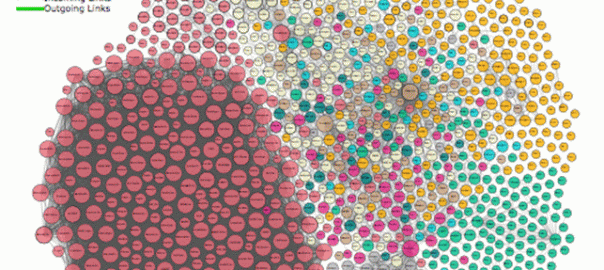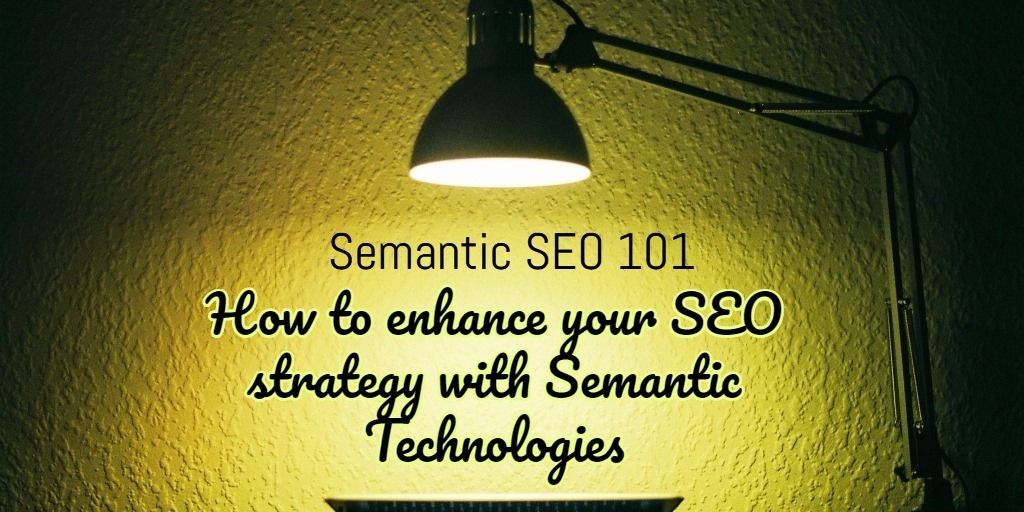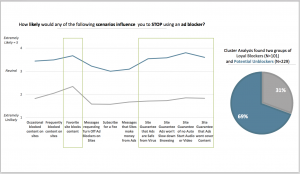With the team at WordLift our mission is to democratise Semantic Technologies to make them accessible to anyone that has a website. In fact, today the big players that are taking advantage of those technologies gained an edge in the digital marketing space. Although the objective seems ambitious at first, it is already achievable. In this article I’m showing you why and how.
Semantic SEO Is The Future Present
“Next year, there will be two things we want to focus on. The first is structured data.”
Gary Illyes, webmaster trends analyst at Google (via: thesempost.com)
In 2015 futurist Ray Kurzweil arrived at Google with one mission: make the search engine able to read human language. In fact, at an interview for wired that is what Ray Kurzweil said:
My mission at Google is to develop natural language understanding with a team and in collaboration with other researchers at Google. Search has moved beyond just finding keywords, but it still doesn’t read all these billions of web pages and book pages for semantic content. If you write a blog post, you’ve got something to say, you’re not just creating words and synonyms. We’d like the computers to actually pick up on that semantic meaning. If that happens, and I believe that it’s feasible, people could ask more complex questions.
Source: Wired.com
Far from being a futuristic goal. We know that Google is using artificial intelligence to read and interpret human language. The work of Ray Kurzweil at Google was the pinnacle of a massive upgrade to a Google’s search algorithm, called Hummingbird, introduced in 2013.
This went further when in 2015, a system that uses machine-learning artificial intelligence got built within Hummingbird. It is called RankBrain, and according to Bloomberg, it was the third most important signal already in 2015. That was the beginning of a new industry within the SEO world, called Semantic SEO. Does that mean that traditional SEO is dead?
Traditional SEO Isn’t Dead
The old SEO says that if you want to be successful at ranking your site you got to have backlinks, keywords and optimise for those. Those basic tactics still work. Indeed, the backbone of the web got built upon backlinks.
In fact, in a Q&A with Andrey Lipattsev, a Search Quality Senior Strategist at Google, when asked what factors, together with RankBrain affected Google’s rankings, he replied:
I can tell you what they are. It is content. And it’s links pointing to your site. (source: searchengineland.com)
Therefore, it was confirmed that the three major factors for Google’s rankings are:
1 & 2: Links, Content (hard to say what comes first among the two)
3: RankBrain
Therefore, even though traditional SEO isn’t dead; keywords are losing relevance. In the past, keywords were crucial to the search engine to match a user query with a web page. Now Google got better and better at interpreting those questions rather than relying on keywords alone.
For instance, if I type into Google’s search box “Colosseum height” that is what Google answers:
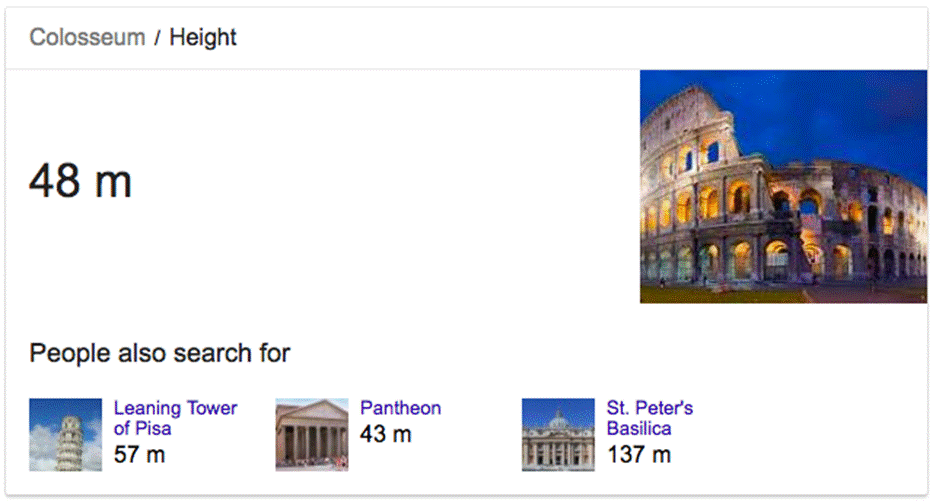
You may think this is a simple keyword matching. It’s not.
In fact, if I ask Google “how tall is the Colosseum?” that is the answer:
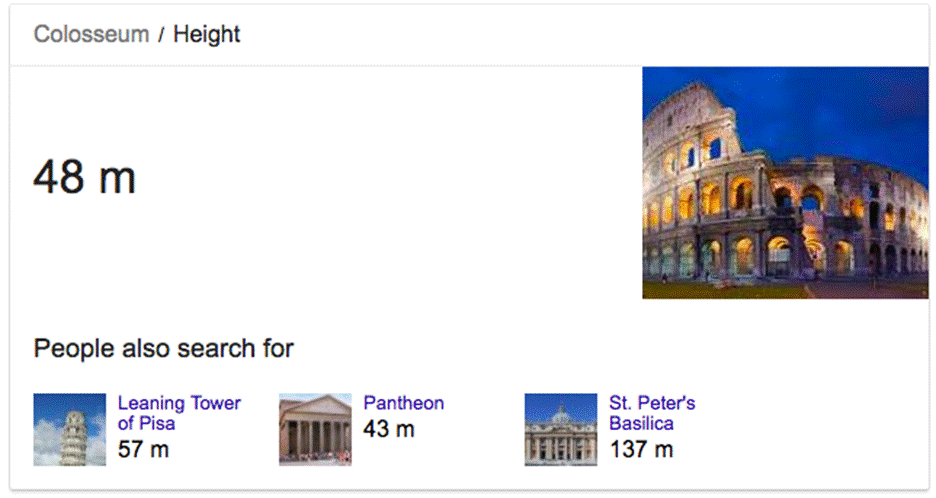
In other words, even though I used different statements, Google’s search algorithm correctly implied I was referring to the same thing. That is why I got the same answer.
Therefore, Google’s search algorithm is powerful enough to read and interpret the queries of its users. However, what about content creators? How can you, as a content creator make sure that Google understands your content in a way to bridge the gap between you and your audience?
That is where Semantic SEO comes into play. However, Semantic SEO sprouted up from the foundation of Semantic Technologies. What is Semantic SEO?
Semantic Seo In A Nutshell
Semantic SEO is a marketing technique to improve the traffic of a website by providing search engines with meaningful data that can unambiguously answer a specific search intent.
Source: What is Semantic SEO?
In short, when you write a piece of content, that is data that the human brain can read, interpret and understand. The human brain uses concepts to make sense of those contents. What about search engines? They use entities.
Therefore, if I had to use an equation that would be it:
concepts : human brains = entities : search algorithms
Why Are Entities So Powerful For Your SEO Strategy?
Let’s have Google explain “what is an entity?”
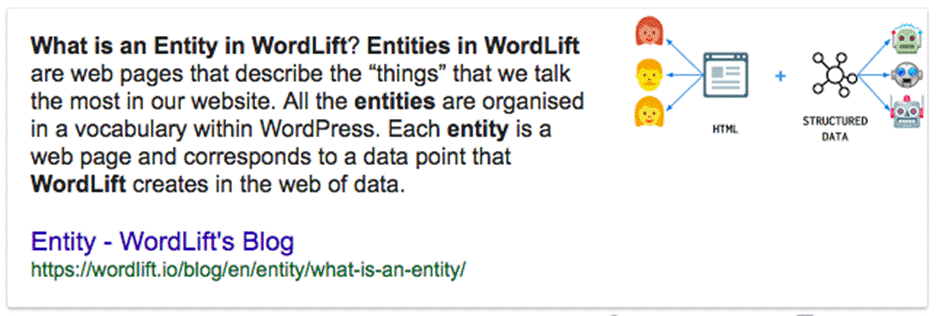
In the context of Semantic Web, an entity can be anything that exists in the real world. Practically speaking, a way to transform a web page into an entity is to transform content in data. In short, that page will become machine-readable.
One powerful way to do that is by using a vocabulary that search engines can understand. That vocabulary is called Schema.
Enter Schema.org
Schema.org is a sort of lingua franca for search engines. A systematic and recognized way to describe web pages so that machines can unambiguously understand them.
In other words, when you write content, that is processable data for the human brain. However, to make it processable also to search engines, you need structured data.
Schema.org is one possible vocabulary that can be used to implement structured data on a web page, therefore unambiguous to search engines.
However, Schema Markup is today the most efficient (not the only) way to feed structured data to search engines. In fact, out of the 617 vocabularies existing in the Linked Open Vocabularies (LOV), Schema.org was the one founded by commercial search engines like Google, Microsoft, Yahoo, and Yandex.
When you use Schema Markup, you have the power to transform a web page into an entity. That is how you enhance your SEO strategy and raise above keywords. Today, anyone with a website can make its content “indexed” within the Semantic Web, starting from Schema.org
Using Schema has an additional advantage. You can publish open linked data.
What Is Open Linked Data?
When you implement Schema Markup on a web page, you’ve generated structured data. At the moment in which that data gets published on the web as metadata, it becomes open data; when that data gets connected it becomes open linked data.
That is the final step in the process. That is how your website becomes part of the Semantic Web. Indeed, you can now build your own knowledge graph.
What Is A Knowledge Graph?
In the example above related to the query on how tall was the Colosseum, Google managed to find the answer even though the question might have been ambiguous. It did that through a Knowledge Graph. In short, Google’s Knowledge Graph is a knowledge base used to enhance its search results through semantics.
You can now use tools like WordLift to create a knowledge graph within your website. That knowledge graph makes possible for your website to become part of the Semantic Web revolution.
A knowledge graph is shaped through nodes and edges, where the nodes can be objects in the real world and edges the relationships among them.
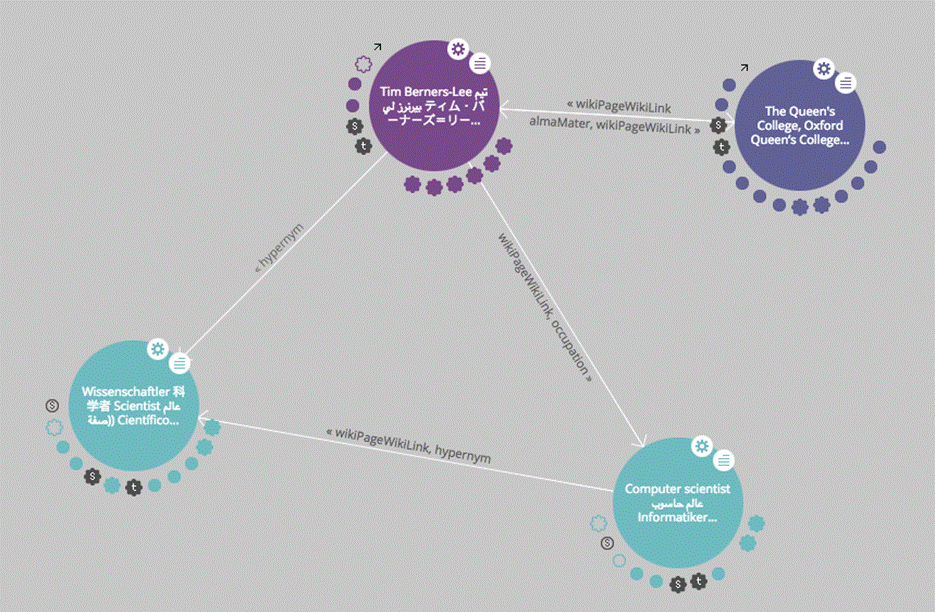
See how in the image above, in a few nodes and edges a knowledge graph is telling us the story of Sir. Tim Berners-Lee. Source:en.lodlive.it
When the knowledge graph takes shape it adds a layer of data on top of your website that makes it become part of a better, richer web, a Semantic Web.
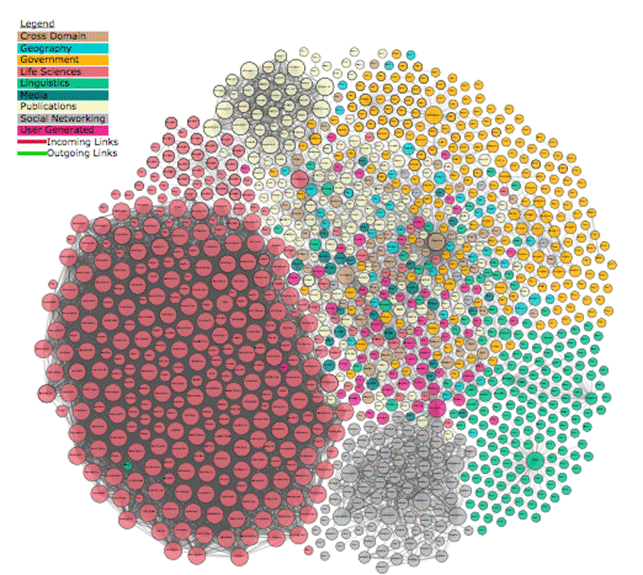
Source: lod-cloud.net
Putting It All Together
In the last two decades the content available on the web was connected through links. Those links created a network of web pages. Now we’re moving toward a web of data, that search engines can understand and interpret. Thus, the gap between a web page and its audience can be filled by tools like WordLift, so that the search engine can match the right audience for those pages.
Therefore, who uses a Semantic SEO strategy based on entities, open linked data and eventually build an internal knowledge graph is “indexing” a site for the Semantic Web.
In turn the overall SEO strategy becomes way more effective. In fact, instead of targeting a keyword or multiple keywords you’re allowing to build a strong context in a format that the search engine can freely read, and interpret. That is how you can get more and better organic traffic.
The post Semantic SEO 101: How to enhance your SEO strategy with Semantic Technologies appeared first on Search Engine People Blog.
(71)
